Home>Renovation & DIY>Home Renovation Guides>How To Install Insulation In A Crawl Space
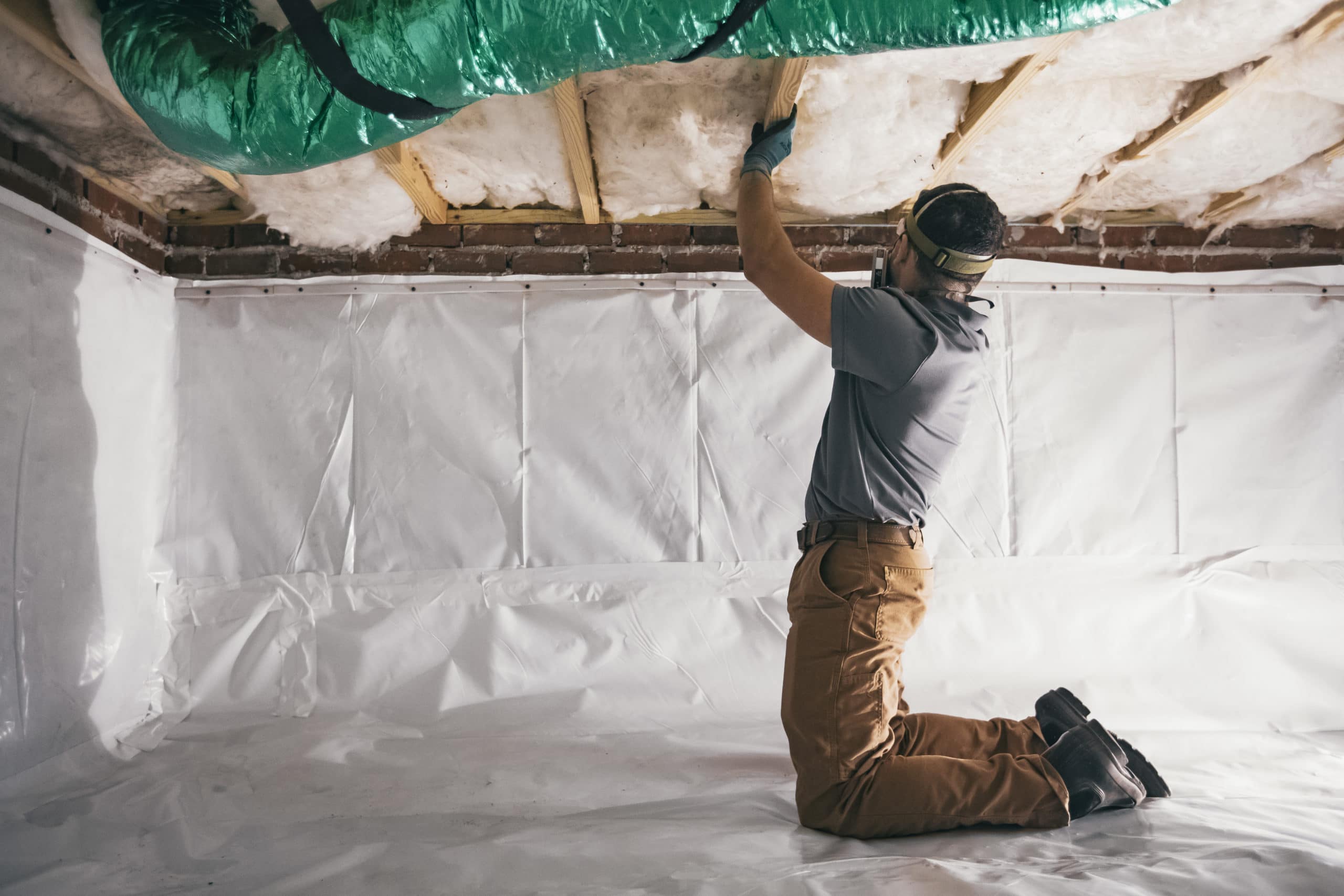

Home Renovation Guides
How To Install Insulation In A Crawl Space
Modified: March 9, 2024
Learn how to properly install insulation in a crawl space with our comprehensive home renovation guide. Ensure your home is properly insulated for energy efficiency and comfort.
(Many of the links in this article redirect to a specific reviewed product. Your purchase of these products through affiliate links helps to generate commission for Storables.com, at no extra cost. Learn more)
Introduction
Installing insulation in a crawl space is a crucial step in maintaining a comfortable and energy-efficient home. Crawl spaces are often overlooked, but they play a significant role in the overall energy performance and structural integrity of a house. Properly insulating a crawl space can help prevent heat loss, reduce energy bills, and protect the home from moisture-related issues.
In this comprehensive guide, we will walk you through the step-by-step process of installing insulation in a crawl space. Whether you're a seasoned DIY enthusiast or a homeowner looking to tackle this project for the first time, this guide will provide you with the knowledge and confidence to complete the task effectively.
By insulating your crawl space, you can create a barrier against the external elements, including cold air, moisture, and pests. This not only helps in maintaining a consistent indoor temperature but also contributes to the overall durability of your home. Additionally, a well-insulated crawl space can lead to improved indoor air quality by reducing the risk of mold and mildew growth.
Before diving into the specific steps of the insulation installation process, it's important to understand the significance of this home improvement project. By addressing the insulation needs of your crawl space, you are taking proactive measures to enhance the comfort and livability of your home while potentially saving on energy costs in the long run.
Now, let's embark on this journey to transform your crawl space into a well-insulated and protected area that contributes to the overall efficiency and sustainability of your home. With the right guidance and a willingness to learn, you'll soon be on your way to completing this essential home renovation project with confidence and success.
Key Takeaways:
- Transform your crawl space into a cozy, energy-efficient haven by insulating it properly. This helps maintain a consistent indoor temperature, reduces energy bills, and prevents moisture-related issues, creating a healthier home environment.
- Choose insulation materials with excellent moisture resistance, high R-values, and consider installation methods and budget. Carefully measure and cut the insulation to fit your crawl space, then install it strategically to create a continuous thermal barrier. Don’t forget to seal any gaps or cracks for maximum effectiveness.
Read more: How To Insulate The Floor In A Crawl Space
Step 1: Prepare the Crawl Space
Before diving into the insulation installation process, it's crucial to prepare the crawl space to ensure a smooth and effective workflow. Proper preparation sets the foundation for a successful insulation project and helps address any existing issues that could impact the insulation's performance.
Clear Out Debris and Clean the Area
The first step in preparing the crawl space is to clear out any debris, such as leaves, dirt, or old insulation materials. Use a rake, shovel, or a vacuum with a long hose to remove these materials. Cleaning the area thoroughly will provide a clean and even surface for the insulation to be installed.
Inspect for Moisture and Mold
Next, inspect the crawl space for any signs of moisture or mold. Addressing these issues before installing insulation is crucial to prevent future problems. Look for water stains, damp areas, or visible mold growth. If moisture is present, it's essential to identify and fix the source of the moisture before proceeding with the insulation installation.
Repair Any Structural Issues
Check for any structural issues, such as damaged floor joists or cracks in the foundation. Addressing these issues before insulating the crawl space is essential to ensure the structural integrity of the space. Repair any damaged or weakened structural components to create a stable and secure environment for the insulation.
Read more: How To Insulate PEX Pipes In A Crawl Space
Seal Air Leaks and Gaps
Inspect the crawl space for any air leaks or gaps that could allow outside air to enter. Common areas for air leaks include around pipes, vents, and electrical wiring. Use caulk or expanding foam to seal these gaps and prevent air infiltration. This step is crucial in creating an airtight barrier that maximizes the insulation's effectiveness.
Install a Vapor Barrier
Consider installing a vapor barrier on the crawl space floor to prevent moisture from seeping through the ground. A vapor barrier helps control moisture levels and prevents moisture-related issues such as mold and mildew. Ensure the vapor barrier is properly secured and overlaps at the seams to create a continuous barrier.
By thoroughly preparing the crawl space before installing insulation, you are setting the stage for a successful and long-lasting insulation solution. Addressing moisture, structural, and air infiltration issues during the preparation phase will contribute to the overall effectiveness of the insulation and help create a healthier and more energy-efficient crawl space.
Step 2: Choose the Right Insulation Material
Selecting the appropriate insulation material for your crawl space is a critical decision that directly impacts the effectiveness and longevity of the insulation. With a wide range of insulation options available, it's essential to consider factors such as moisture resistance, R-value, installation method, and budget to make an informed choice.
Consider Moisture Resistance
Given the potential for moisture in crawl spaces, choosing insulation materials with excellent moisture resistance is paramount. Closed-cell spray foam insulation, rigid foam boards, and certain types of fiberglass insulation are known for their resistance to moisture. These materials help prevent mold growth and structural damage caused by excess moisture, making them ideal choices for crawl space insulation.
Evaluate R-Value
The R-value of insulation measures its thermal resistance, indicating how effectively it can resist heat transfer. In colder climates, a higher R-value is recommended to provide better insulation against the cold. Closed-cell spray foam insulation and rigid foam boards typically have high R-values, making them suitable for crawl spaces in regions with harsh winters.
Assess Installation Method
Consider the installation method required for each type of insulation material. Some materials, such as spray foam insulation, may require professional installation due to the specialized equipment and expertise involved. On the other hand, rigid foam boards and fiberglass batts are more DIY-friendly options, allowing homeowners to take on the installation themselves with proper safety precautions.
Budget Considerations
Budget plays a significant role in the selection of insulation materials. While spray foam insulation tends to have a higher upfront cost, it offers exceptional thermal performance and long-term energy savings. Fiberglass insulation, on the other hand, is a more budget-friendly option that still provides adequate insulation when installed correctly. Assessing the initial investment and long-term benefits of each insulation material can help you make a cost-effective decision.
Environmental Impact
For environmentally conscious homeowners, considering the environmental impact of insulation materials is crucial. Look for insulation options with high recycled content or those made from natural and sustainable materials. Additionally, some insulation materials are more energy-efficient to manufacture, contributing to a reduced carbon footprint.
By carefully evaluating these factors and understanding the unique properties of each insulation material, you can make an informed decision that aligns with the specific needs of your crawl space. Choosing the right insulation material sets the stage for an effective and long-lasting insulation solution that contributes to a more comfortable and energy-efficient home.
Step 3: Measure and Cut the Insulation
Accurate measurement and precise cutting of insulation materials are crucial steps in ensuring a proper fit and maximum effectiveness. Before proceeding with the installation, it's essential to measure the dimensions of the crawl space and any obstacles within it. This includes taking into account the presence of pipes, ductwork, and other structural elements that may require custom-fitted insulation.
Start by measuring the length and width of the crawl space, accounting for any irregularities or obstructions. Use a tape measure to obtain precise dimensions, and make note of any areas that may require special attention, such as corners or protruding objects.
Once the dimensions are determined, transfer the measurements to the insulation material, whether it's rigid foam boards, fiberglass batts, or another type of insulation. Use a straight edge and a utility knife to carefully cut the insulation to the required size. For irregularly shaped areas, such as around pipes or corners, custom-cut the insulation to ensure a snug and seamless fit.
When cutting insulation, prioritize safety by wearing protective gloves and a mask to prevent skin irritation and inhalation of insulation particles. Additionally, ensure proper ventilation in the workspace to minimize exposure to airborne fibers or dust.
In situations where multiple insulation pieces are needed to cover a larger area, take care to align and secure the pieces tightly together to eliminate gaps and maintain consistent coverage. Properly fitted insulation plays a key role in preventing heat loss and maintaining the desired thermal barrier in the crawl space.
By meticulously measuring and cutting the insulation to fit the unique dimensions of the crawl space, you are laying the groundwork for a successful and efficient insulation installation. Attention to detail during this phase contributes to the overall effectiveness of the insulation and ensures that the crawl space is adequately protected against temperature fluctuations and energy loss.
Step 4: Install the Insulation
With the crawl space properly prepared and the insulation material selected and cut to size, it's time to proceed with the installation process. Installing insulation in the crawl space involves strategically placing the insulation material to create a continuous thermal barrier that effectively seals the space from external elements.
Begin at the Perimeter
Start by positioning the insulation material along the perimeter of the crawl space. Whether using rigid foam boards or fiberglass batts, ensure that the insulation fits snugly against the walls and extends to the top of the foundation. This initial layer of insulation helps create a boundary that prevents heat transfer and minimizes air infiltration from the exterior.
Secure the Insulation
Once the perimeter insulation is in place, secure it using appropriate fasteners or adhesive, depending on the insulation material. For rigid foam boards, use construction adhesive or specialized foam board fasteners to ensure a secure attachment to the walls. Similarly, fiberglass batts can be held in place using wire supports or insulation hangers to prevent sagging or displacement.
Read more: How To Insulate A Crawl Space Door
Address Obstacles and Structural Elements
Navigate around obstacles such as pipes, ductwork, and electrical components by carefully fitting the insulation around these elements. Custom-cut the insulation as needed to maintain a continuous barrier while ensuring a proper seal around protruding objects. Pay close attention to areas where multiple insulation pieces meet, ensuring a tight and seamless connection to prevent thermal bridging.
Layering for Enhanced Insulation
In situations where higher R-values are required, consider adding multiple layers of insulation to achieve the desired thermal performance. Overlapping insulation layers and sealing any gaps between them helps create a more effective thermal barrier. Additionally, layering insulation can compensate for uneven surfaces and further enhance the overall insulation effectiveness.
Insulate the Crawl Space Floor
If insulating the crawl space floor, carefully lay the insulation material across the entire surface, ensuring complete coverage without gaps or overlaps. Secure the insulation to the floor using appropriate fasteners or adhesives, taking care to maintain a consistent layer that provides thermal resistance and moisture control.
Verify Proper Installation
Once the insulation is in place, conduct a thorough inspection to ensure that all areas of the crawl space are adequately insulated. Check for any gaps, loose insulation, or areas that may require additional attention. Proper installation of the insulation is crucial in maximizing its effectiveness and ensuring long-term performance.
By following these steps and paying attention to detail during the installation process, you can create a well-insulated crawl space that contributes to improved energy efficiency, temperature control, and overall comfort within your home. Effective insulation installation is a key component of a comprehensive approach to home energy conservation and can lead to long-term benefits for homeowners.
Read more: How To Insulate Crawl Space Vents For Winter
Step 5: Seal Any Gaps or Cracks
Once the insulation is in place, it's crucial to thoroughly inspect the crawl space for any gaps, cracks, or openings that could compromise the effectiveness of the insulation. Even minor gaps can allow air infiltration, reducing the insulation's performance and potentially leading to energy loss. Additionally, sealing these gaps helps prevent the entry of pests and moisture, contributing to a healthier and more controlled crawl space environment.
Begin by carefully examining the perimeter of the crawl space, paying close attention to areas where the insulation meets the walls, foundation, or other structural elements. Look for gaps or spaces where air could penetrate and compromise the insulation's thermal barrier. Common areas for gaps and cracks include around pipes, electrical wiring, and gaps between insulation panels or batts.
Use a high-quality sealant, such as silicone caulk or expanding foam, to fill in these gaps and cracks effectively. Silicone caulk is suitable for sealing smaller gaps and provides a durable and moisture-resistant seal. Apply the caulk along the edges of the insulation, ensuring a continuous and airtight seal. For larger gaps or voids, expanding foam insulation can be used to fill the spaces and create a seamless barrier against air infiltration.
In addition to sealing gaps around the insulation, it's essential to address any cracks or openings in the crawl space walls or foundation. These openings can allow outside air, moisture, and pests to enter the crawl space, undermining the insulation's effectiveness. Use hydraulic cement or masonry sealant to fill in any cracks or gaps in the walls, creating a secure and watertight seal.
As you seal the gaps and cracks, prioritize thoroughness and attention to detail to ensure a comprehensive barrier against air infiltration and moisture. Properly sealed insulation and crawl space walls contribute to improved energy efficiency, indoor air quality, and overall structural integrity of the home.
By diligently sealing any gaps or cracks in the crawl space, you are enhancing the overall effectiveness of the insulation and creating a more controlled and energy-efficient environment within your home. This final step in the insulation installation process plays a crucial role in maximizing the benefits of a well-insulated crawl space and contributes to long-term comfort and energy savings.
Step 6: Clean Up and Inspect the Installation
After completing the insulation installation in the crawl space, it's essential to focus on the final steps of the process, which involve cleaning up the work area and conducting a thorough inspection to ensure the insulation is properly installed and functioning as intended.
Clearing Debris and Residual Materials
Begin the clean-up process by removing any leftover insulation scraps, packaging materials, and debris from the crawl space. Use a vacuum with a long hose attachment to clear the area of loose particles and ensure a clean and tidy workspace. By removing debris, you create a safer environment and minimize the risk of potential hazards or obstructions in the crawl space.
Inspecting Insulation Integrity
With the work area cleared, proceed to inspect the installed insulation for any signs of damage, displacement, or inadequate coverage. Check for gaps, tears, or areas where the insulation may have shifted during the installation process. Address any issues promptly by repositioning or replacing the insulation as needed to maintain a consistent and effective thermal barrier.
Read more: What R-Value For Crawl Space Insulation
Verifying Sealed Joints and Connections
Pay close attention to the sealed joints and connections between insulation panels or batts. Ensure that the sealant used to fill gaps and cracks has cured properly and formed a durable barrier against air infiltration. Verify the integrity of the seals by visually inspecting the applied sealant and confirming its adherence to the surrounding surfaces.
Assessing Overall Cleanliness
Evaluate the overall cleanliness of the crawl space, ensuring that no residual dust, debris, or insulation particles remain. A clean and well-maintained crawl space contributes to a healthier indoor environment and facilitates future maintenance and inspections. Address any remaining debris or dust to achieve a pristine and organized workspace.
Documenting the Installation
Consider documenting the completed insulation installation with photographs or detailed notes. This documentation can serve as a reference for future inspections or maintenance activities. By capturing the condition of the insulation and the crawl space after installation, you create a valuable record for ongoing home maintenance and improvement efforts.
Final Quality Check
Conduct a final quality check to confirm that all aspects of the insulation installation meet the desired standards. Verify that the insulation is securely in place, sealed effectively, and free from any visible defects. A comprehensive quality check ensures that the crawl space is properly insulated and ready to contribute to improved energy efficiency and home comfort.
By dedicating attention to the clean-up and inspection process, you are ensuring that the insulation installation in the crawl space is completed to a high standard. Thorough cleaning and meticulous inspection contribute to the overall success of the project and set the stage for long-term benefits in terms of energy efficiency, comfort, and home maintenance.
Frequently Asked Questions about How To Install Insulation In A Crawl Space
Was this page helpful?
At Storables.com, we guarantee accurate and reliable information. Our content, validated by Expert Board Contributors, is crafted following stringent Editorial Policies. We're committed to providing you with well-researched, expert-backed insights for all your informational needs.
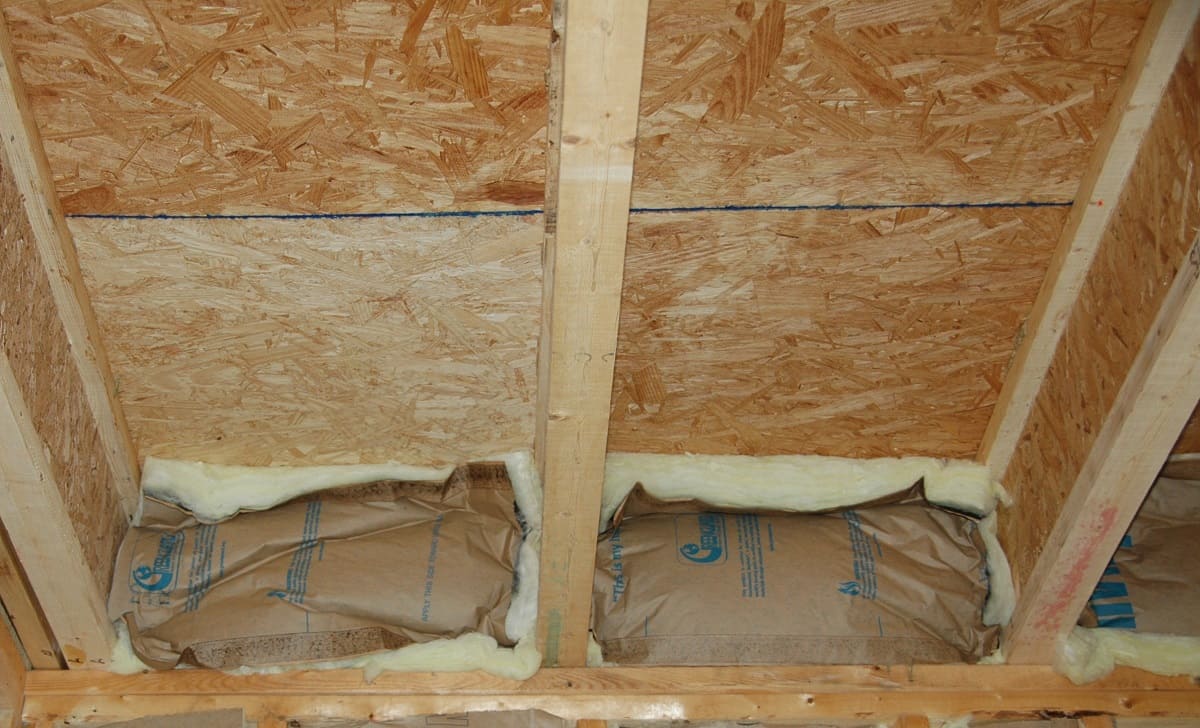
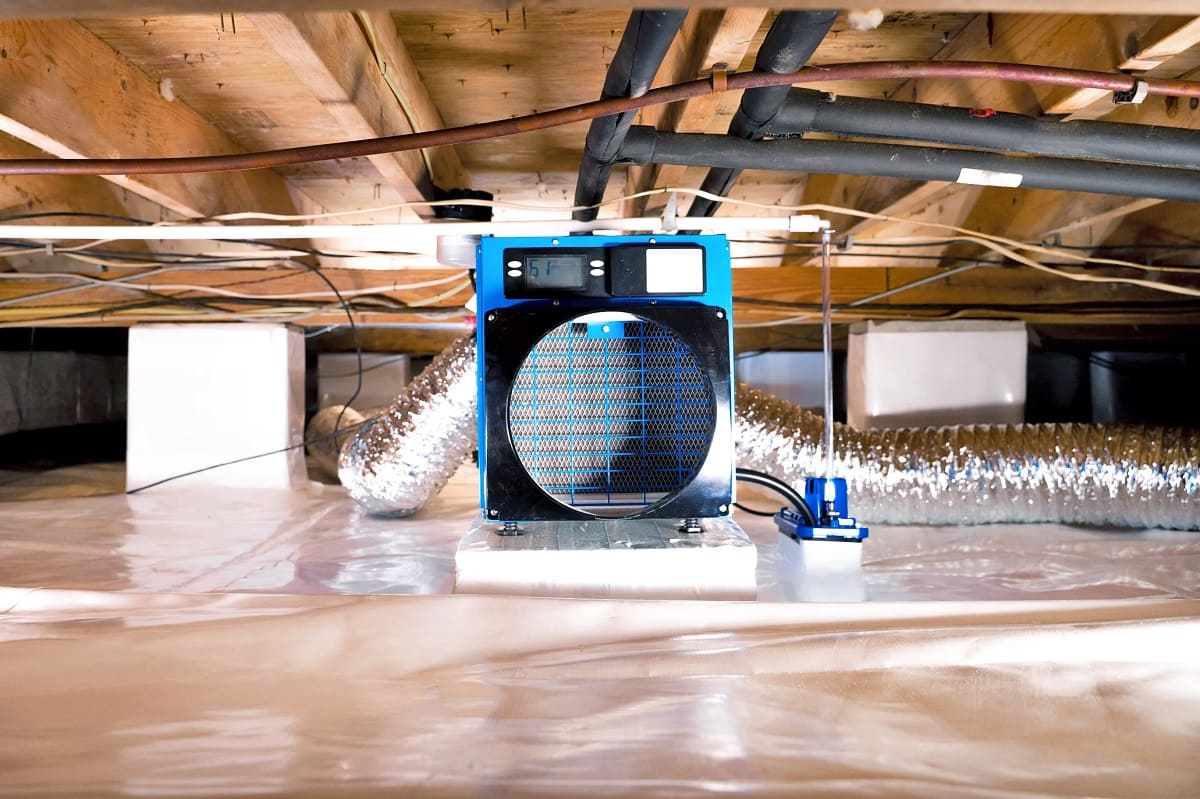
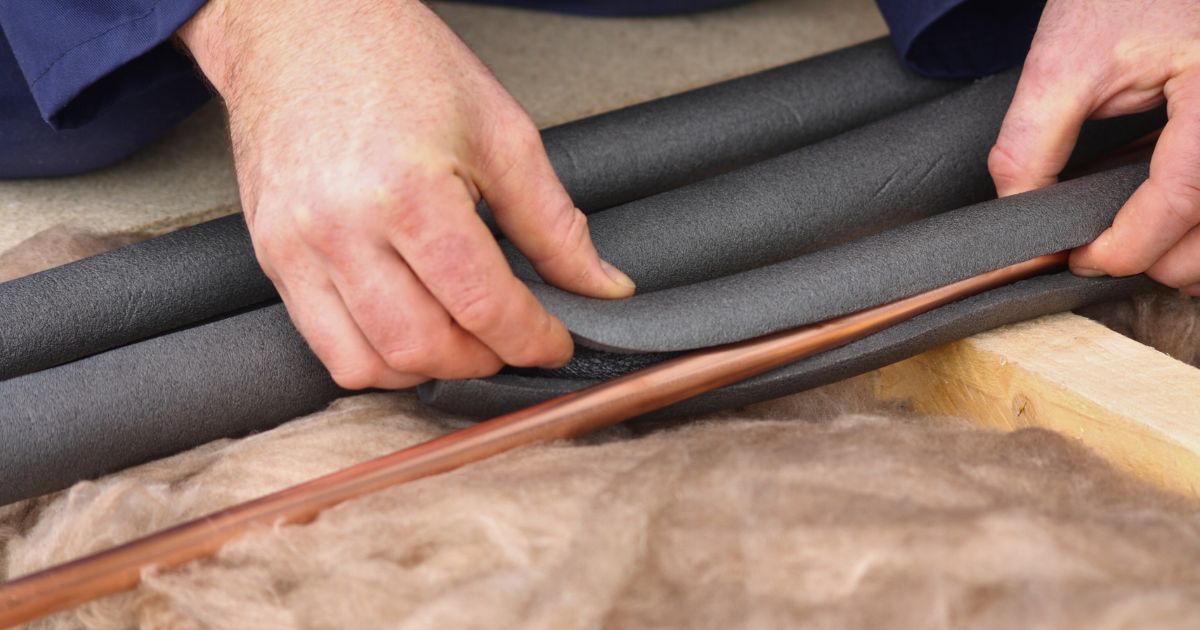
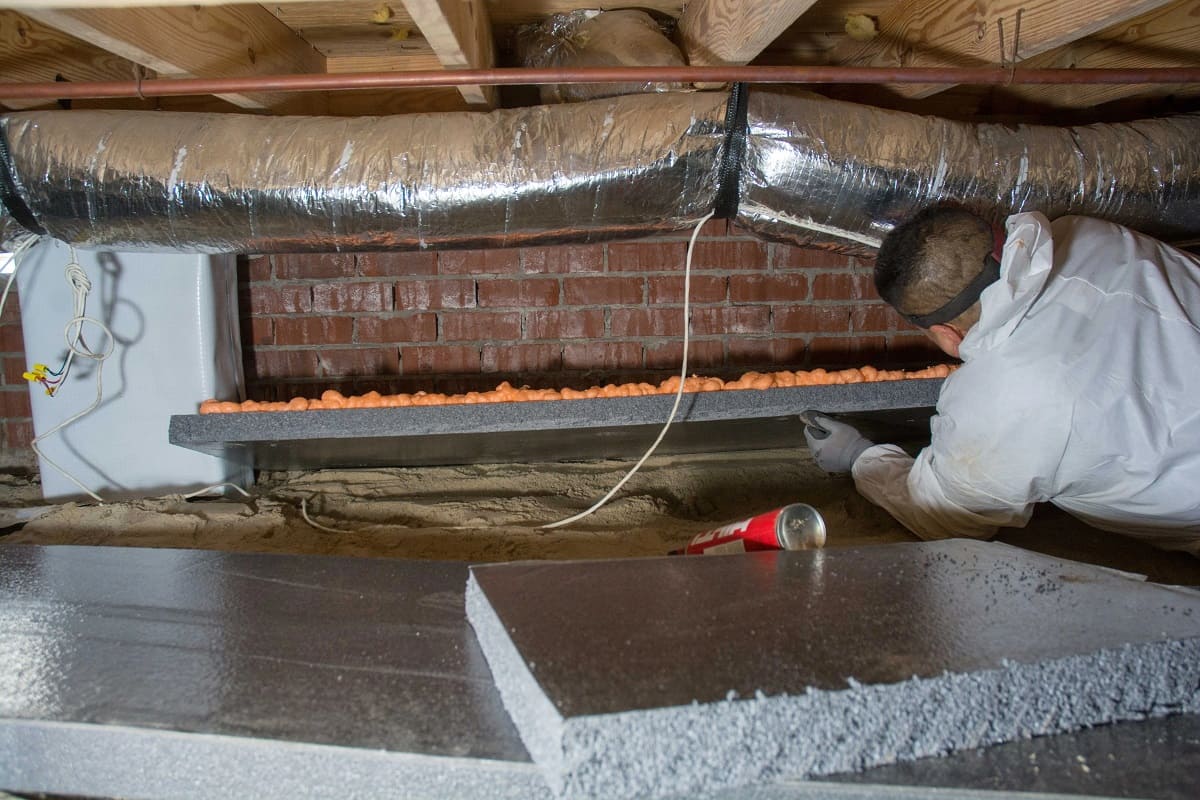
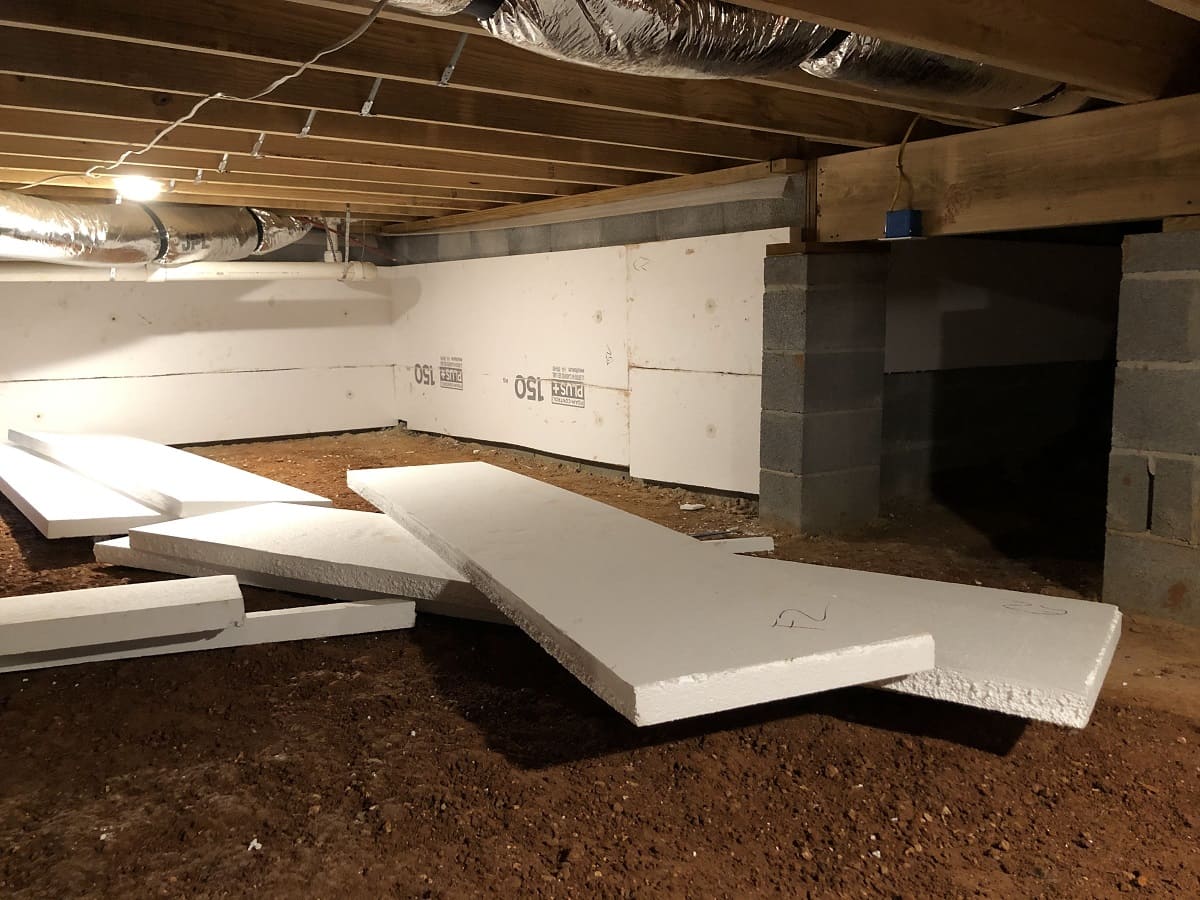
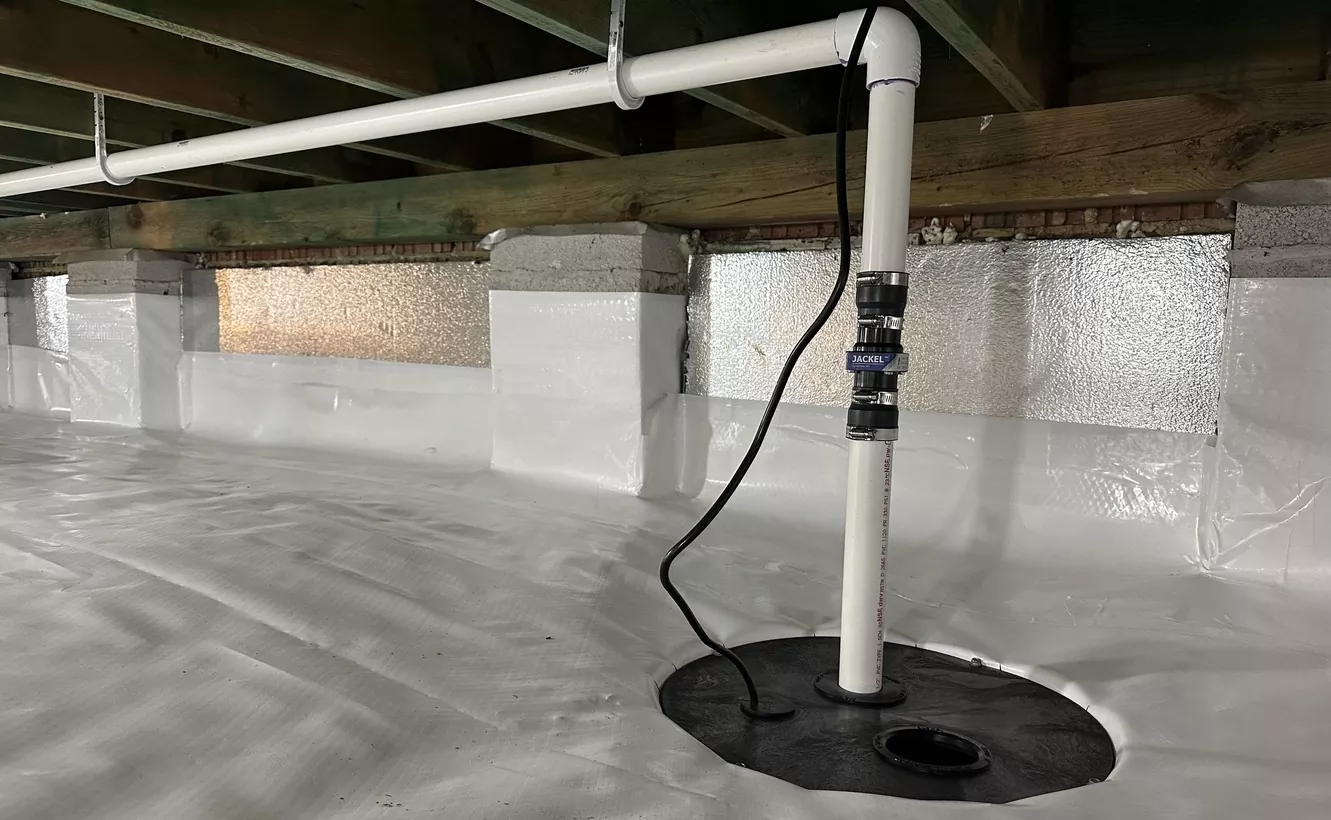
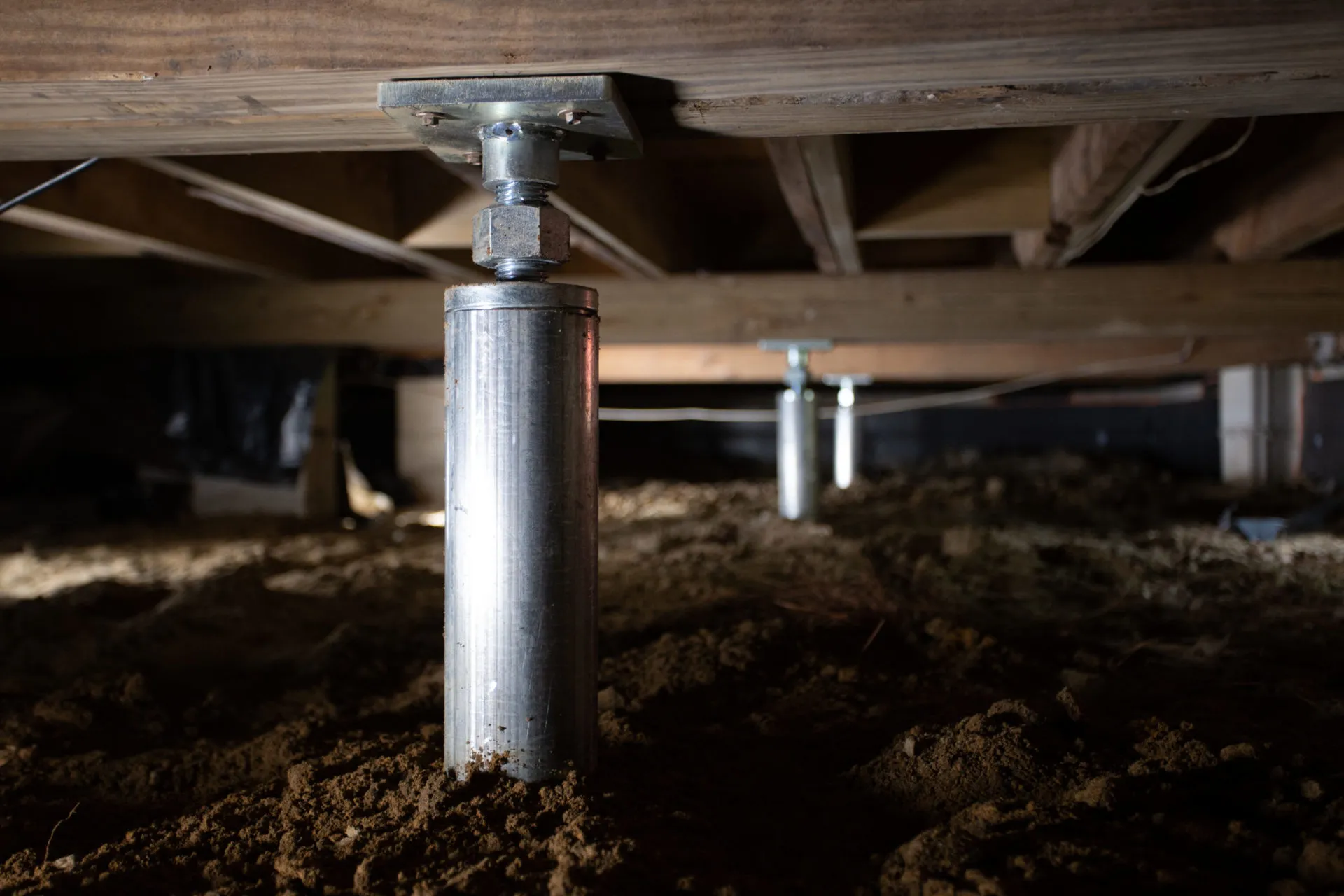
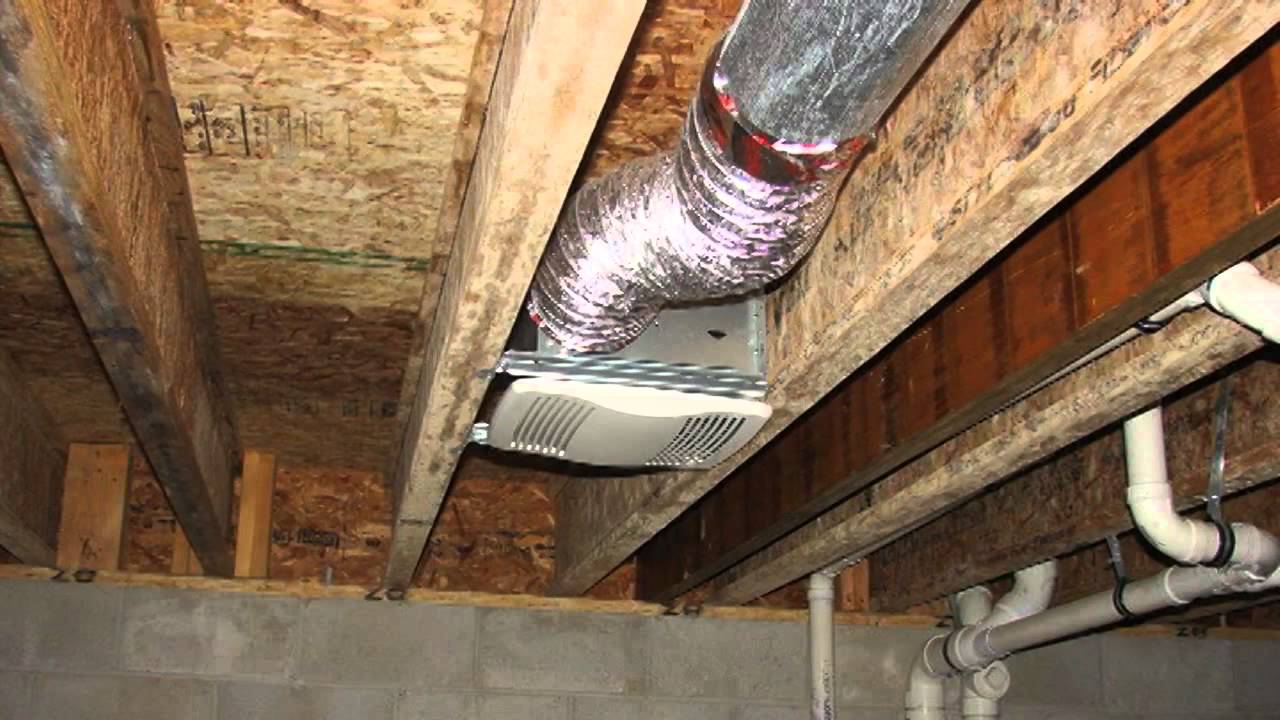
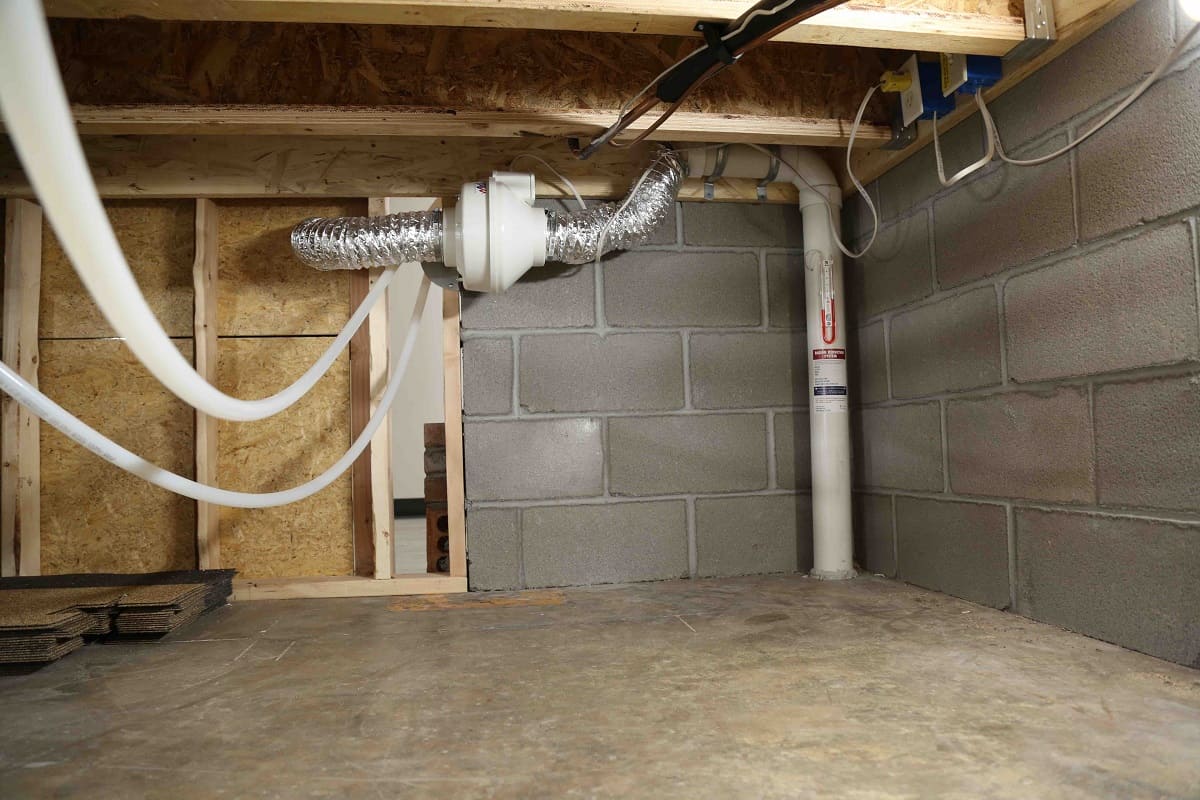

0 thoughts on “How To Install Insulation In A Crawl Space”